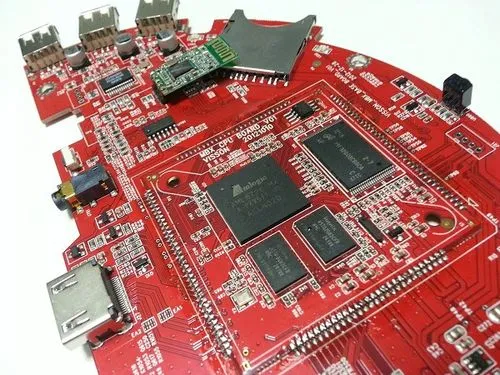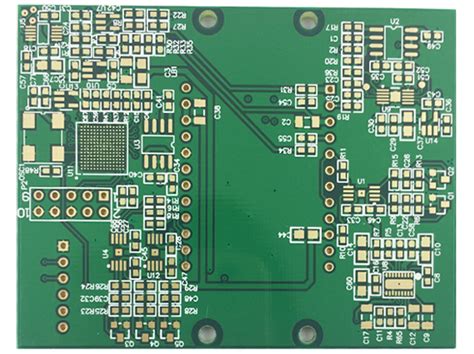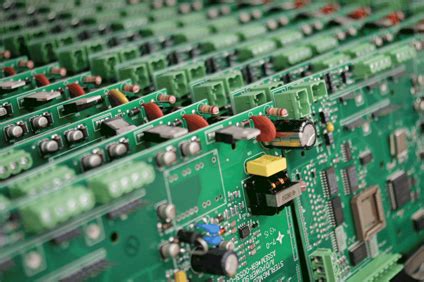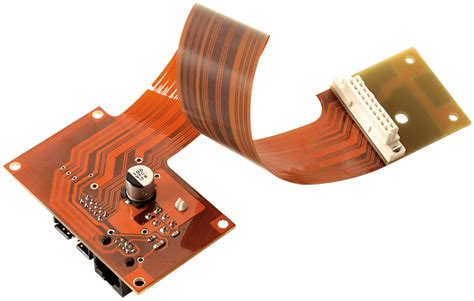Circuit card assembly-SMT service
Circuit card assembly (CCA) is the process of assembling electronic components onto a printed circuit board (PCB) to create a functional electronic device.
The process involves placing and soldering components such as resistors, capacitors, diodes, and integrated circuits onto the PCB.
The CCA process also includes testing and quality control to ensure that the final product meets the required specifications and standards.
CCAs are used in a wide range of electronic devices, from simple household appliances to complex aerospace and defense systems.

The fabrication process of circuit card assembly
The fabrication process of circuit card assembly (CCA) involves several steps:
1. Design: The first step is to design the circuit board layout using computer-aided design (CAD) software. The design includes the placement of components, routing of traces, and the creation of a schematic diagram.
2. Material selection: The next step is to select the appropriate materials for the circuit board, including the substrate material, copper foil, and solder mask.
3. PCB fabrication: The circuit board is fabricated using a process called photolithography. This involves applying a photosensitive material to the substrate, exposing it to light through a mask, and then etching away the unwanted material.
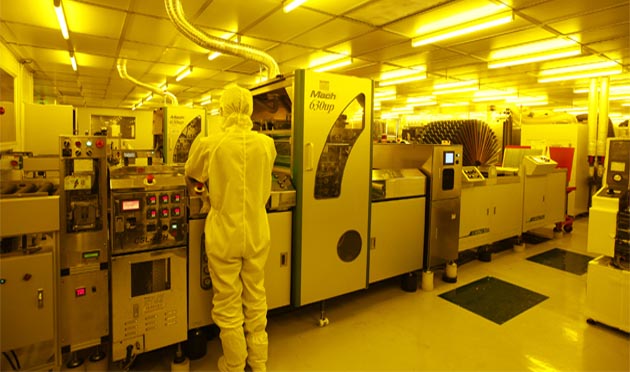
4. Component placement: Once the PCB is fabricated, the components are placed onto the board using automated pick-and-place machines or by hand.
5. Soldering: The components are then soldered onto the board using a wave soldering or reflow soldering process.
6. Testing: The final step is to test the completed circuit board to ensure that it functions correctly. This includes testing for electrical continuity, signal integrity, and functionality.
Overall, the fabrication process of circuit card assembly requires precision and attention to detail to ensure that the final product meets the required specifications and standards.
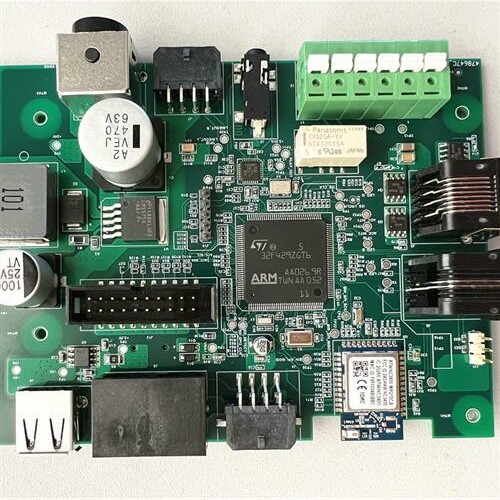
How to control the quality of circuit card assembly
1. Establish clear quality standards: Clearly define the quality standards for the circuit card assembly process. This includes the materials used, the assembly process, and the finished product.
2. Use high-quality components: Ensure that all components used in the assembly process are of high quality and meet the required specifications.
3. Implement quality control checks: Implement quality control checks at every stage of the assembly process, including incoming inspection of components, assembly, and final testing.
4. Train staff: Train staff on the importance of quality control and the procedures to follow to ensure that the standards are met.

5. Use automated testing equipment: Use automated testing equipment to detect any defects in the circuit card assembly process.
6. Conduct regular audits: Conduct regular audits of the assembly process to identify any areas that need improvement.
7. Implement corrective actions: Implement corrective actions to address any issues identified during the quality control checks and audits.
8. Continuously improve: Continuously improve the quality control process by analyzing data, identifying trends, and implementing changes to improve the process.

